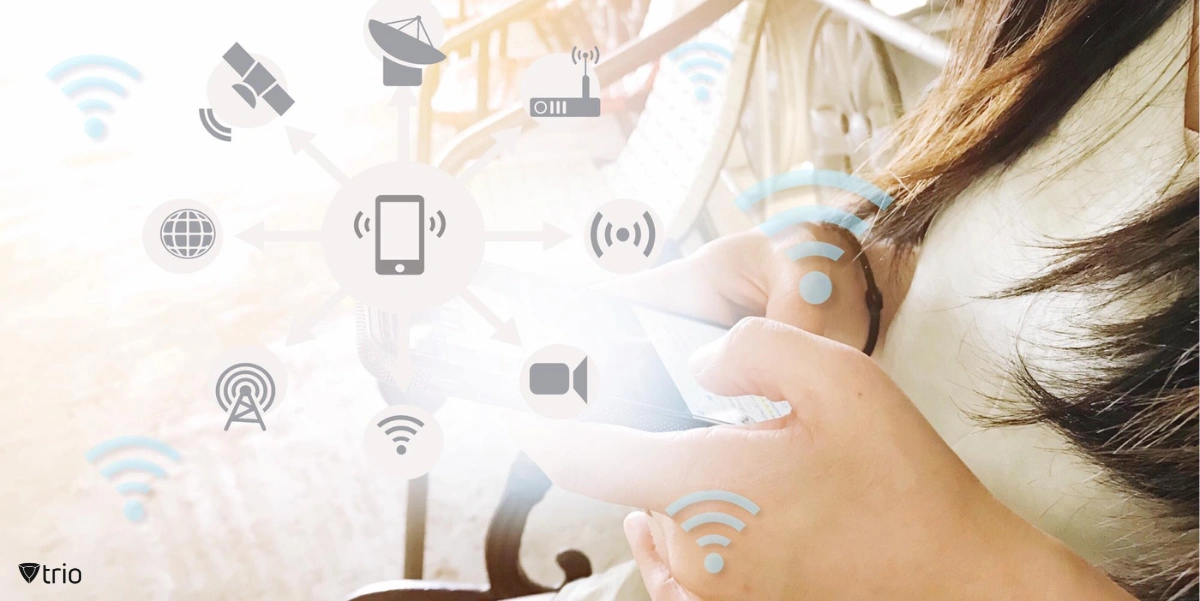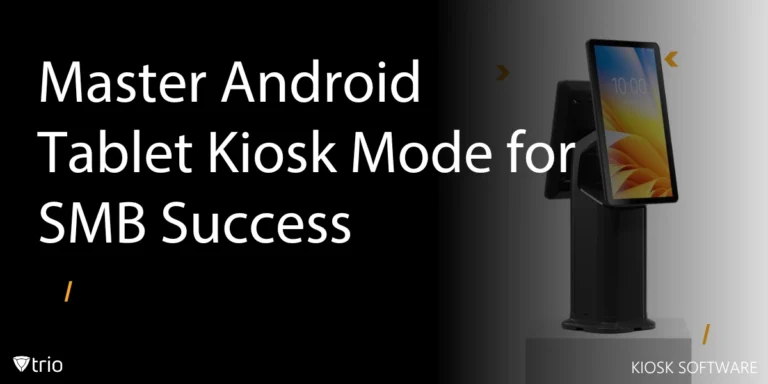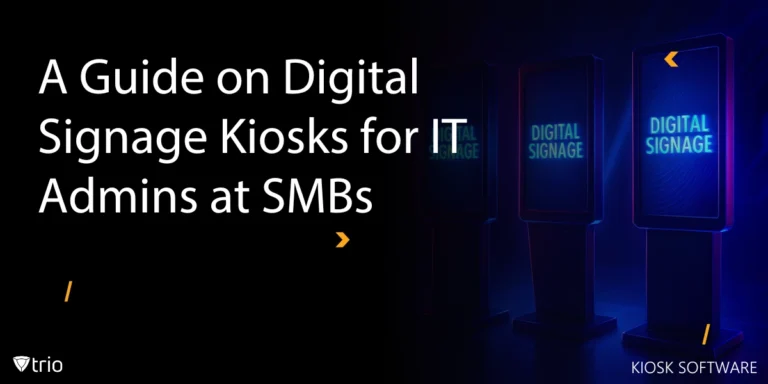Defining Over-the-Air Provisioning (OTA)
Over-the-air updates are a subset of OTA provisioning. They refer specifically to firmware or operating system updates that are downloaded by the device over the internet. In the past, users would have to connect these devices to a computer via a USB connection to perform the update. However, with the advent of OTA updates, this process has been simplified significantly, enabling updates to be delivered directly to the device wirelessly.
In the context of mobile phones, OTA updates can deliver new features, address security vulnerabilities, and fix software bugs. Similarly, for IoT devices, OTA updates can enhance device functionality, provide security patches, and rectify software issues.
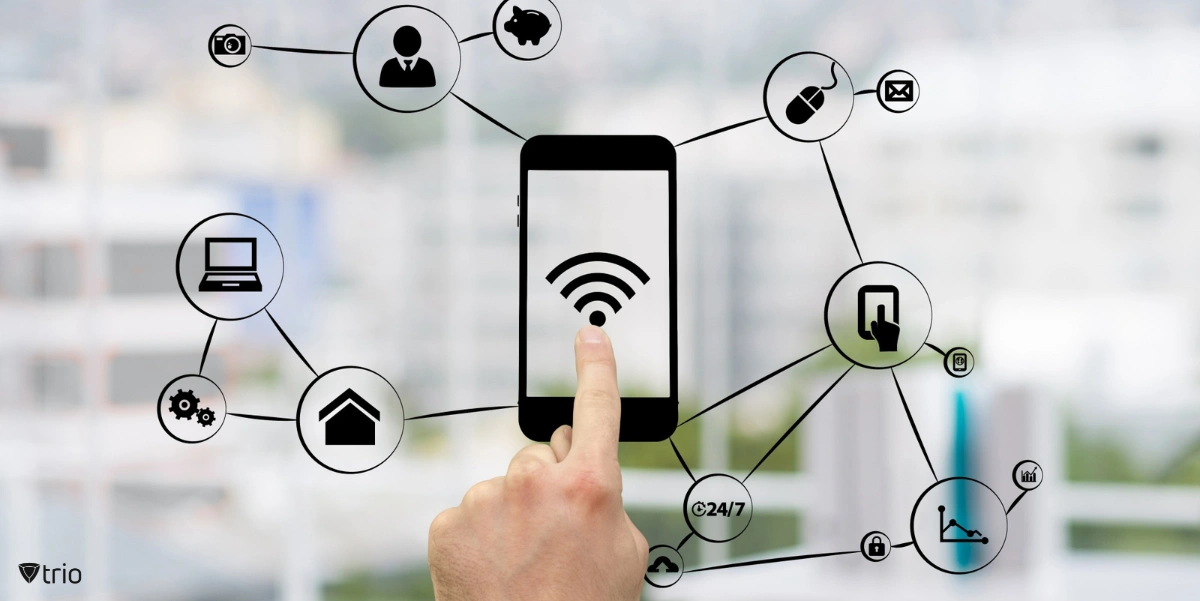
Delving into OTA Application Provisioning
OTA application provisioning is the process of wirelessly installing or updating applications on a device over a network. This is particularly relevant in the context of mobile devices, where applications often require regular updates to ensure optimal functionality and security.
Moreover, OTA application provisioning also enables the distribution of new applications to devices, which can be particularly beneficial for businesses seeking to deploy proprietary applications across a large number of devices.
Grasping Over-The-Air Programming
Over-the-air programming (OTAP), another aspect of OTA, is a method used by cellular network operators to remotely provision a mobile phone's SIM card and update the cellular network settings stored on it. This ensures that mobile phones remain properly configured when cellular network operators make changes to their networks.
How OTA Provisioning Works: A Step-by-Step Analysis
The process of OTA provisioning involves several steps, starting from the creation of the update to its final installation on the device. Here's a brief rundown:
Update Creation: The first step involves the development of the update. This is typically done by software developers who build and test the new version of the software or firmware.
Update Deployment: Once the update is ready, it is uploaded to the update server. This server acts as a distribution point for the update.
Update Download: The device, upon detecting the availability of an update, downloads the new software or firmware version.
Update Installation: Following the successful download, the device installs the new version. This may necessitate a device restart.

Who Can Benefit from OTA Provisioning?
OTA provisioning is beneficial to a wide range of entities, from individual users to large corporations. Individual users can benefit from OTA updates as they can easily update their devices' software, applications, and operating systems without the need for a wired connection. This simplifies the update process and ensures that users always have the latest features and security patches. On the other hand, organizations can also greatly benefit from OTA provisioning, including zero-touch provisioning. For businesses that deploy a significant number of devices, be it mobile phones for staff or IoT devices for operational purposes, OTA provisioning, including zero-touch provisioning, can streamline the process of software updates and reduce the associated time and cost.
The Benefits of Over-The-Air Provisioning
The implementation of OTA provisioning carries multiple advantages:
Streamlined IT Operations: OTA updates allow for centralized control over an entire fleet of devices, simplifying:
- Deployment of new IT policies
- Maintenance
- App or OS updates
- Policy enforcement
Enhanced Device Security: By allowing rapid patching of security vulnerabilities, OTA updates can significantly enhance device security.
Increased Cost-efficiency: By automating the update process, businesses can achieve significant cost savings. Manual updates are not only time-consuming but also expensive, and OTA updates provide an effective solution to these issues.
Strategies for Over-the-Air Provisioning Implementation
Implementing OTA provisioning involves several crucial steps:
Define Your Requirements: Identify the types of devices you need to update, the frequency of updates, and your security requirements.
Choose the Right Solution: Select an OTA update solution that best meets your needs. Consider factors such as compatibility with your devices, security features, ease of use, and cost.
Deploy the Solution: Deploy the OTA update solution across your devices. You may need to install software on the devices and configure settings to allow for OTA updates.
Test the Solution: After deployment, conduct tests to ensure the solution works as expected. You must test the update deployment process, check security features, and validate reporting capabilities.
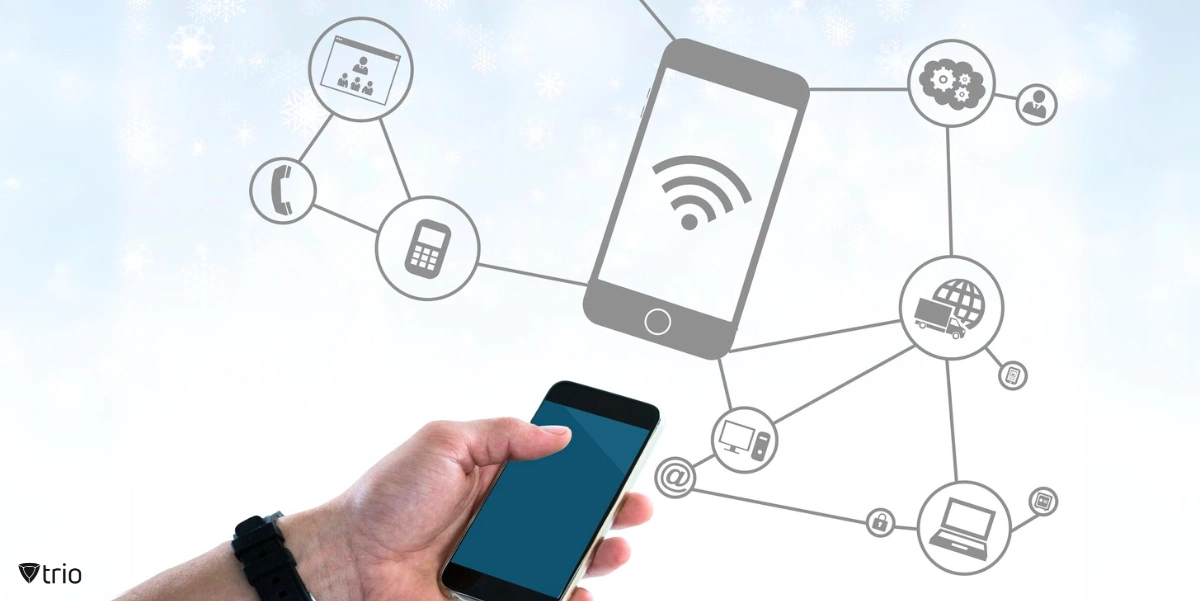
The Role of Mobile Device Management (MDM) in Over-The-Air Provisioning
Mobile Device Management (MDM) plays a crucial role in facilitating OTA provisioning. MDM allows IT administrators to manage, monitor, and secure employees' mobile devices that are deployed across multiple mobile service providers and across multiple mobile operating systems used in an organization.
Integrating MDM with OTA provisioning can offer numerous benefits. It can automate the update process, enhance device security, offer real-time monitoring, and provide insightful reports.
Introducing the Trio MDM Solution for Effective Over-the-Air Provisioning
The Trio MDM solution is a robust tool that helps IT administrators manage OTA updates efficiently. It offers a centralized platform for monitoring and managing an entire fleet of devices, deploying updates, enforcing IT policies, and generating real-time reports.
With its robust security features, Trio MDM ensures that your devices and data are protected during an OTA update. By integrating this solution into your IT infrastructure, you can streamline your operations, enhance device security, and maintain optimal device performance.
To witness firsthand the positive impact such a system can have on your operation, you're invited to try out Trio’s free demo and see how you can make a difference in IT automation at your organization.
Wrapping Up: The Significance of Over-The-Air Provisioning
Get Ahead of the Curve
Every organization today needs a solution to automate time-consuming tasks and strengthen security.
Without the right tools, manual processes drain resources and leave gaps in protection. Trio MDM is designed to solve this problem, automating key tasks, boosting security, and ensuring compliance with ease.
Don't let inefficiencies hold you back. Learn how Trio MDM can revolutionize your IT operations or request a free trial today!
